Macroeconomic policy for a rapid and orderly transition Claudia Wieners Francesco Lamperti Roberto Buizza Giovanni Dosi Andrea Roventini working paper 21/2022
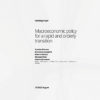

Macroeconomic policy for a rapid and orderly transition Claudia Wieners Francesco Lamperti Roberto Buizza Giovanni Dosi Andrea Roventini working paper 21/2022
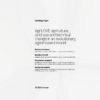
This paper presents a novel agent-based model of land use and technological change in the agricultural sector under environmental boundaries, finite available resources and changing land productivity. In particular, we model a spatially explicit economy populated by boundedly-rational farmers competing and innovating to fulfill an exogenous demand for food, while coping with a changing environment […]
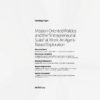
We study the impact of alternative innovation policies on the short-and long-run performance of the economy, as well as on public finances, extending the Schumpeter meeting Keynes agentbased model (Dosi et al., 2010). In particular, we consider market-based innovation policies such as R&D subsidies to firms, tax discount on investment, and direct policies akin to […]
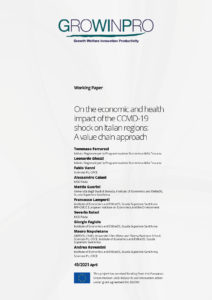
In this work, we evaluate the exposure of Italian regions to the risk associated with the spread of COVID-19 through a two-step value chain approach. First, we estimate the degree of participation of Italian regions in a plurality of value chains linked to consumption, investment and exports. We distinguish between value chains aimed at satisfying […]
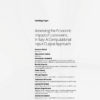
We build a novel computational input-output model to estimate the economic impact of lockdowns in Italy. The key advantage of our framework is to integrate the regional and sectoral dimensions of economic production in a very parsimonious numerical simulation framework. Lockdowns are treated as shocks to available labor supply and they are calibrated on regional […]
Mission Oriented Innovation Network
Civil Society Organisations
